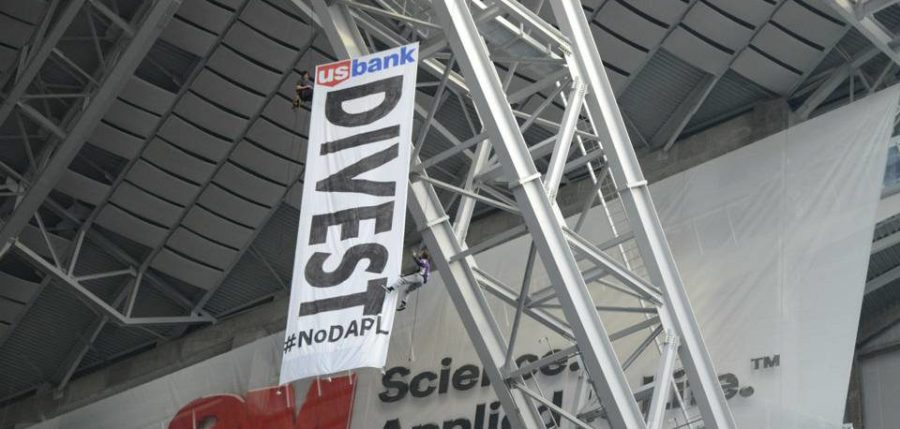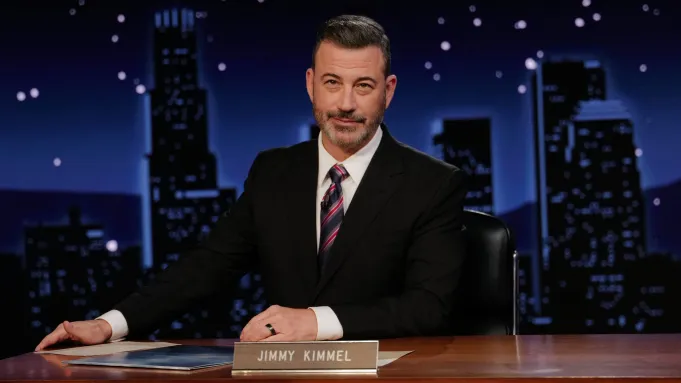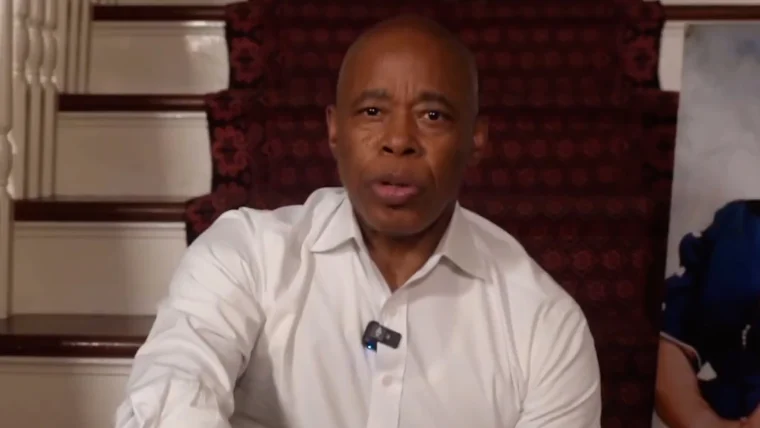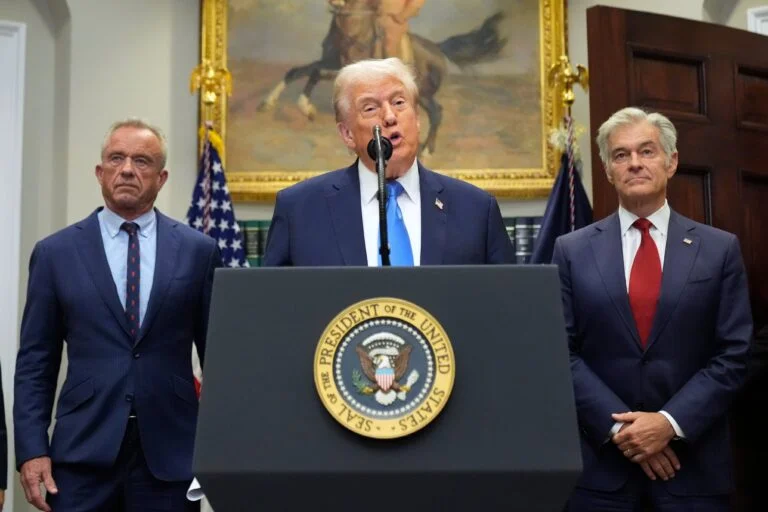In the final week of regular season action, the NFL and the country bared witness to another No Dakota Access Pipeline, or #NoDAPL, protest during the Minnesota Vikings vs. Chicago Bears game. It took place in the Vikings’ home stadium, the US Bank Stadium, in Minneapolis. US Bank is reported to be a major investor in the Pipeline.
During the first half of the game, two protestors used rope and climbing harnesses to descend from the rafters and hang a banner that had the US Bank logo at the top, with the word “Divest” under it. On the bottom of the banner, it said “#NoDAPL.” U.S. Bank has 175 million dollars invested in Energy Transfer Partners, the company that is building the pipeline.
The game was not interrupted by the protest but the seats under the protestors were evacuated while negotiators tried to persuade them to come down from the rafters.
The Minneapolis Police Department identified the demonstrators as Karl Zimmerman, 32, and Sen Holliday, 26. They also identified a third person as Carolyn Feldman, 27, who was arrested on charges of obstructing the legal process. What role Feldman played in the protests is not clear at the moment.
In a press release, Holliday said, “We are here in solidarity with water protectors from Standing Rock to urge U.S. Bank to divest from the Dakota Access Pipeline.” Zimmerman was also quoted as saying, “The pipeline is dangerous for any community it passes through. It wasn’t safe for the residents of Bismarck, and it’s not safe for the Standing Rock Sioux.”
This protest comes several weeks after the Army Corps of Engineers decided not to approve an easement that would allow for the pipeline to pass through treaty lands of the Standing Rock Sioux tribe, granted to the tribe in the 1868 Treaty of Fort Laramie. Even though the easement was not approved, Energy Transfer Partners still have not confirmed a route that does not go through those lands and, more specifically, Lake Oahe, which is the Sioux tribe’s main water source. The pipeline was supposed to be finished by Jan. 1 or the investors could divest in the pipeline, thus the timing and choice of language for this protest.
This protest brings to light that the fight against the pipeline is still ongoing.






